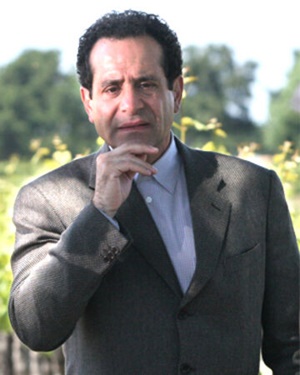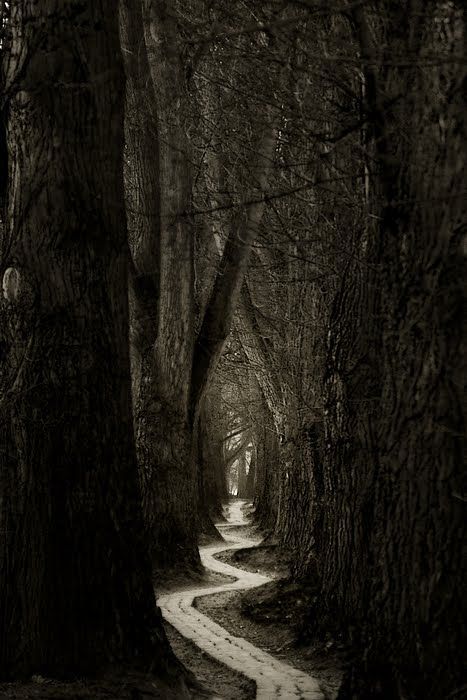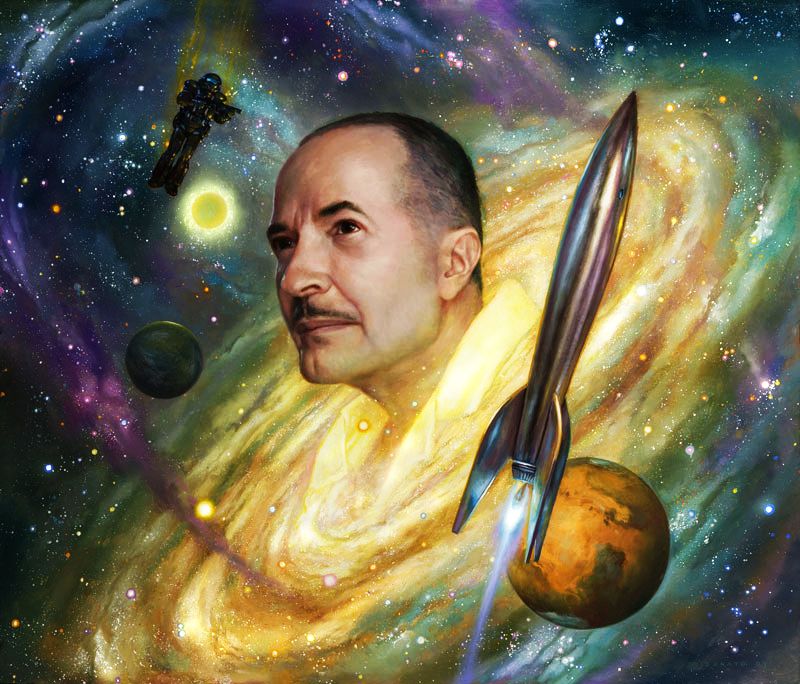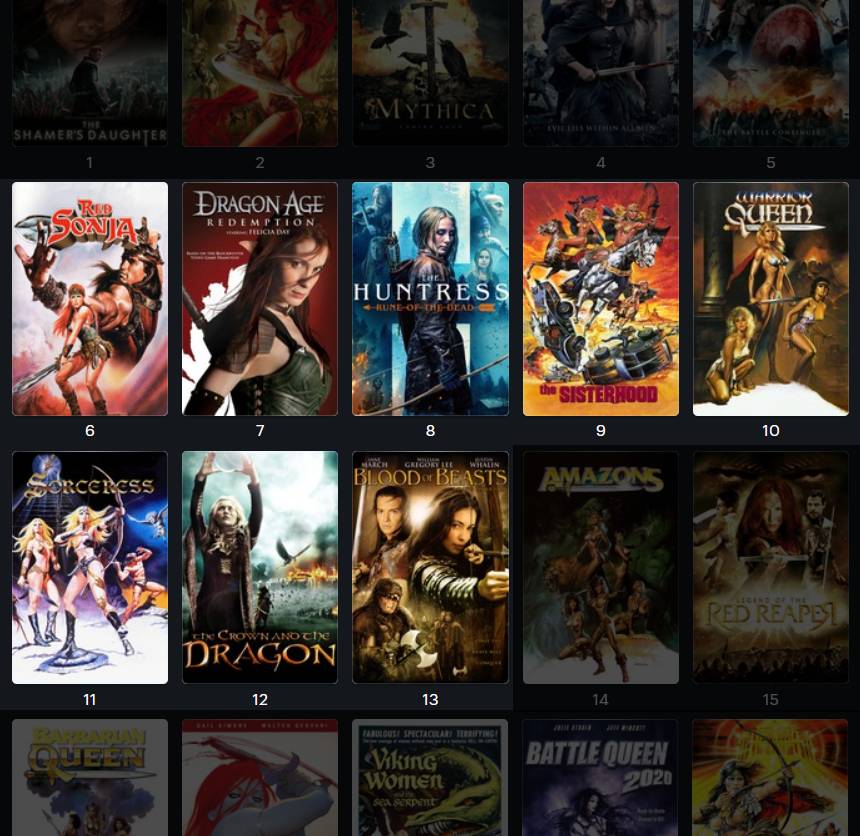A (Black) Gat in the Hand: Norbert Davis in Black Mask – Vol 1
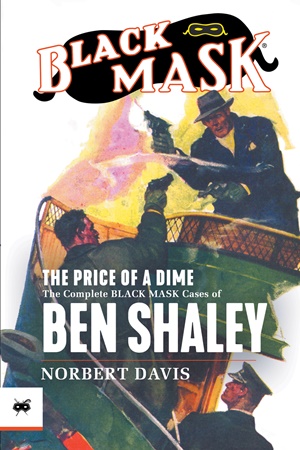 You’re the second guy I’ve met within hours who seems to think a gat in the hand means a world by the tail.” – Phillip Marlowe in Raymond Chandler’s The Big Sleep
You’re the second guy I’ve met within hours who seems to think a gat in the hand means a world by the tail.” – Phillip Marlowe in Raymond Chandler’s The Big Sleep
(Gat — Prohibition Era term for a gun. Shortened version of Gatling Gun)
This past weekend was PulpFest 2021. It used to be here in Columbus, but moved to the Pittsburgh area a few years ago. Steeger Books released several new titles, including one from Norbert Davis. If you’ve been reading A (Black) Gat in the Hand here at Black Gate, you know I’m on a mission to raise Davis’ modern day profile.
Steeger is issuing a two-volume set with all the stories Davis sold to Black Mask editor Joe ‘Cap’ Shaw. And I’ve written new introductions for each one. I’m thrilled to see more of Davis’ stories back in print, and you can get a preview of volume one below; It’s my intro. I know, I know – how exciting! Keep reading for my thoughts on Davis and four of his Black Mask tales.
Like many of his contemporaries, Norbert Davis wrote for different outlets, including for the Westerns, war stories, and even romance markets. But he was at his best in the private eye/mystery field. Davis could write standard hardboiled fare, but he excelled at mixing humor into the genre. Unfortunately (and aided and abetted by his wonderful Doan and Carstairs novels), that has left the skewed view that he could only write screwball hardboiled stories. And that’s simply not accurate.
Davis was a law student at Stanford when “The Bonded Stuff” appeared in the March, 1932 issue of Real Detective. A mere three months later in June, his first submission to Black Mask, “Reform Racket,” saw print. Davis continued writing, and after he graduated in 1934, he never bothered to take the bar exam: A career in the pulps beckoned instead.
Though Joe ‘Cap’ Shaw, legendary editor of Black Mask, accepted that first submission, he didn’t feel that Davis’ hardboiled humor really fit the magazine. So, even with a home run in his first at-bat, the writer only managed to break into Black Mask a total of five times duringthe years of Shaw’s reign: 1932 – 1937. Davis had success in other markets, however, with eighteen mystery stories seeing print in 1936, for example. And several stories appeared in Black Mask after Shaw departed. Davis later ‘moved up’ to the higher-paying, more respectable, glossy slicks.
